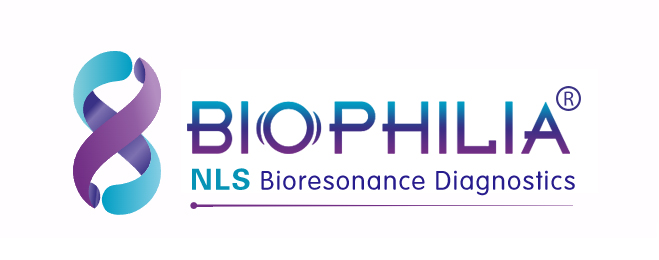Development of NLS methods for HPDA diseases
- Russell
- April 04, 2025
- 324
- 0
- 0
Advances in the development of medical technology have proposed new methods for the diagnosis and treatment of diseases of human organs and systems. The introduction of NLS diagnostic and therapeutic methods into clinical practice has significantly simplified the detection of several typical diseases of the hepatopancreatoduodenal area (HPDA). The introduction of NLS methods for bile duct screening within the first hour after the patient is admitted to the hospital significantly reduced the examination time and the number of complications of the following serious pathological processes: acute cholecystitis and mechanical jaundice. Nevertheless, for some reason, 8% to 17% of patients have unsatisfactory results after the initial operation of the bile excretion system.
In recent years, researchers have developed algorithms for the examination of patients with diseases of the HPDA organs using the NLS method. NLS imaging is performed using the Biophilia Tracker system, which features two-dimensional and three-dimensional visualization of the HPDA organs.
General clinical examination of patients with NLS is performed in an outpatient manner. In addition to urine, blood analysis, biochemical studies and studies of the homeostatic system, the following specific studies are also important: blood studies of HIV virus, hepatitis B and C, tuberculosis and RW. Patients with acute cholecystitis underwent these and other laboratory and instrumental studies (electrocardiogram, mammogram, etc.) in the hospital's admitting office.
